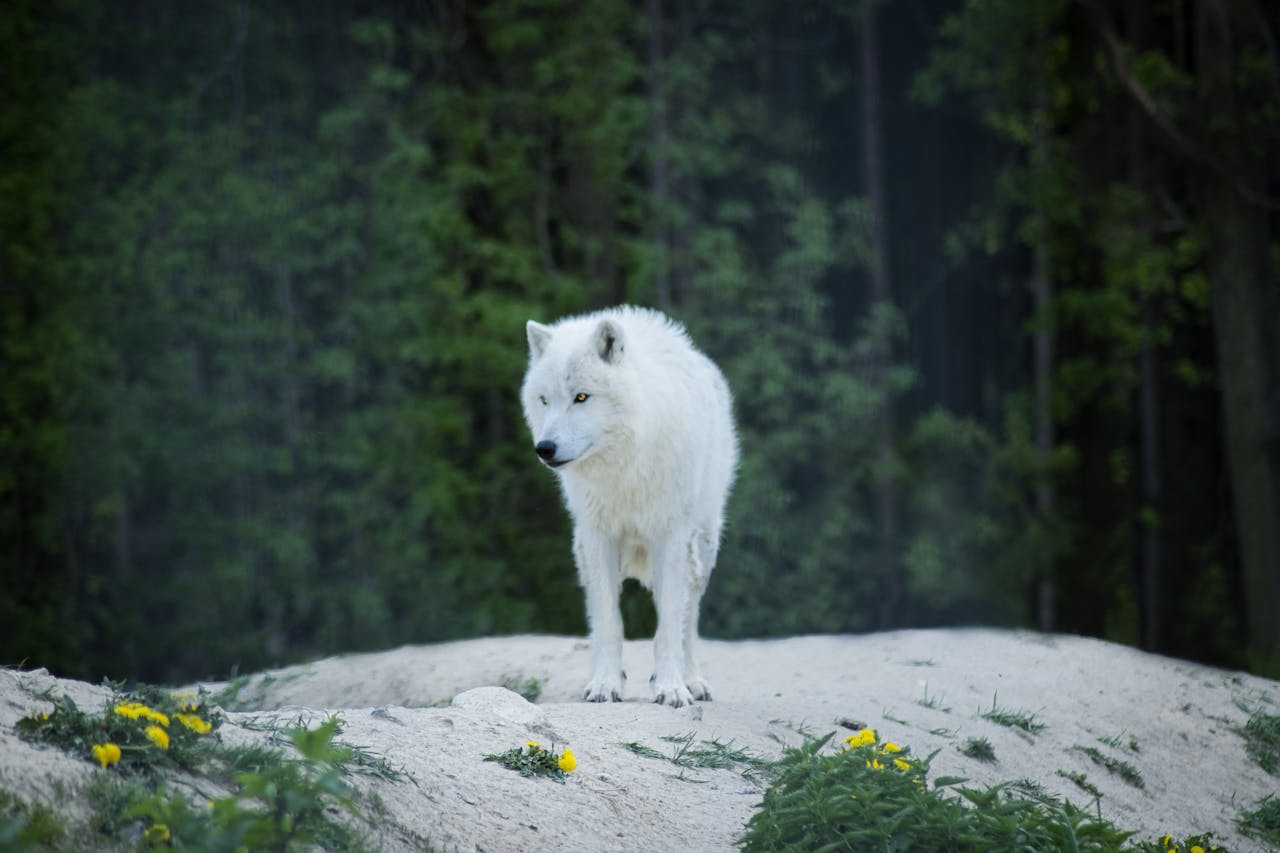In the world of evolutionary biology, few scientists have made as significant an impact on both academic research and practical conservation as Dr. Beth Shapiro. Recently elected to the prestigious National Academy of Sciences, Shapiro has established herself as a trailblazing force in paleogenomics—the study of ancient DNA—and is now applying her expertise to one of science’s most ambitious endeavors: bringing extinct species back to life.
From Academic Excellence to De-Extinction Leadership
Shapiro’s impressive credentials speak to a career dedicated to understanding the genetic history of our planet. A professor of ecology and evolutionary biology at UC Santa Cruz, she has been recognized as a Howard Hughes Medical Institute Investigator, an HHMI Professor, and received the MacArthur “Genius” Fellowship in 2009. Her academic work in the Paleogenomics Lab at UC Santa Cruz has focused on using genetic material recovered from ancient remains to study evolution and track how species and ecosystems have changed over time.
Currently on leave from her university position, Shapiro serves as Chief Science Officer at Colossal Biosciences, where she has played a pivotal role in the successful de-extinction of the dire wolf—a species that disappeared approximately 12,000 years ago.
“What conservation needs is bold ideas and bold action,” Shapiro explains regarding the breakthrough. “This breakthrough showcases that humans are capable of both. We can use biotechnologies to speed up the processes of selection and adaptation. With the successful birth of Colossal’s engineered dire wolf, we are one step closer to a world in which these tools are among those at our disposal to help species thrive in their rapidly changing habitats.”
Revolutionizing Ancient DNA Analysis
Under Shapiro’s scientific leadership, Colossal achieved what many considered impossible: extracting viable genetic information from dire wolf fossils dating back 13,000 and 72,000 years, then using this information to guide precision genetic engineering.
“Our novel approach to iteratively improve our ancient genome in the absence of a perfect reference sets a new standard for paleogenome reconstruction,” Shapiro notes. “Together with improved approaches to recover ancient DNA, these computational advances allowed us to resolve the evolutionary history of dire wolves and establish the genomic foundation for de-extinction—specifically for selecting with confidence dire wolf specific genetic variants that establish our targets for gene editing.”
This methodical approach led to several significant discoveries about dire wolf evolution. Contrary to previous uncertainty, Shapiro’s team confirmed that gray wolves are the dire wolves’ closest living relatives, sharing 99.5% of their DNA. They also discovered that dire wolves emerged through hybridization of two ancient canid lineages between 3.5 and 2.5 million years ago, resolving longstanding questions about the species’ origins.
Building a Bridge Between De-Extinction and Conservation
Perhaps most significantly, Shapiro has ensured that the de-extinction technology developed for the dire wolf provides immediate benefits for endangered species conservation. The same techniques used to resurrect the dire wolf have already been applied to clone critically endangered red wolves, demonstrating how cutting-edge genomic science can directly support traditional conservation efforts.
“Functional de-extinction uses the safest and most effective approach to bring back the lost phenotypes that make an extinct species unique,” Shapiro explains. “We turn to ancient DNA to learn as much as we can about each species and, whenever possible, to link specific extinct DNA sequence variants to each key trait. In some cases, we learn that variants already present in the surrogate species can be used to engineer that key trait.”
This thoughtful, science-based approach highlights Shapiro’s commitment to both innovation and ethical considerations. Rather than rushing to recreate extinct species without considering potential genetic side effects, her team carefully evaluates each genetic modification for its broader impacts on animal health and welfare.
Communicating Science to the Public
Beyond her research, Shapiro is an accomplished science communicator. Her award-winning books, including “Life as We Made It,” explore genetic modification in the context of history, archaeology, paleontology, and genomics. This ability to translate complex scientific concepts for general audiences has made her a valuable voice in public discussions about de-extinction and conservation genetics.
Her election to the National Academy of Sciences recognizes not only her groundbreaking research but also her role in establishing new scientific frameworks that may reshape our approach to biodiversity conservation in the 21st century.
The Future of Conservation Genomics
As Colossal moves forward with plans for additional de-extinction projects, including the woolly mammoth by 2028, Shapiro’s scientific leadership ensures that these efforts remain grounded in rigorous research methodology and ethical considerations.
The successful revival of dire wolves isn’t just a technological milestone—it’s a testament to how paleogenomics, under the guidance of scientists like Shapiro, can provide new pathways for addressing biodiversity challenges. Her work represents a promising convergence of ancient DNA analysis, cutting-edge genetic engineering, and practical conservation applications that may help us preserve and even restore Earth’s threatened biodiversity.
With her recent election to the National Academy of Sciences adding further validation to her innovative approach, Beth Shapiro stands as a pioneer at the frontier of what may be the next evolution of conservation science—using our understanding of the past to create new possibilities for the future.
RELATED: REVIVAL: Check Out 9 First-Look Photos From Melanie Scrofano-Led Series
- Signs That You Are a Hardcore Gamer - May 12, 2025
- Why Photos Get Corrupted and What You Can Do About It? - May 11, 2025
- Beth Shapiro’s Quest to Revive the Past and Save the Future - May 10, 2025







